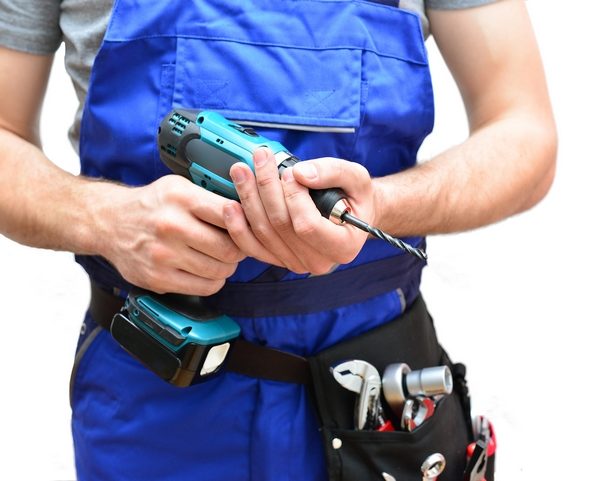
6 Common Mistakes Made With Power Tools
Power tools are making our lives easier and helping the average home DIY project a simple and enjoyable task to complete. But many people still make significant mistakes when using power tools, and these mistakes are costing time and money, and potentially causing injuries for those who don’t take the proper precautions. And so to help ensure your projects are safe and successful, we’re highlighting five common mistakes being made by those using power tools.
1. Not wearing the proper gear

Safety gear should be the leading consideration when completing projects with power tools. You should at least be wearing the proper eyewear when cutting wood for example. You might also consider safety gloves and hard hats if you’re working with power tools as part of a team in an open area.
2. Standing in front of a person using a tool

While it might be interesting to watch someone who can use a power tool well as part of their working project, you should never stand in front of someone as they’re using a power tool. That’s because the material can come loose at any point during their work, and may end up flying towards you at considerable speed. If you’re working as part of a team project using power tools, make sure you stand a safe distance away where you’ll have time to react if material is dislodged.
3. Not cutting along with the grain of the material

Cutting with the grain of the material will make your life much easier when using power tools. You should always try to ascertain which way the grain runs when working with any piece of wood, and then place your power tool in a position in which the cutting process can be completed with the grain. Cutting against the grain of the wood can cause wood to split and will mean you have to begin the project again with a new piece of material.
4. Applying significant force during power tool use

Before power tools were created, you would have to exert significant force over the material in order for the cutting process to be completed effectively. But power tools rarely require the exertion of force. The important role you should take on as the power tool user is to control the tool carefully. In the vast majority of cases, the power tool should be doing most of the work while you act as the guide for the tool.
5. Not securing the material

When working with power tools, you’re using a piece of equipment that can operate at high speeds and produce high force levels. Make sure that you secure the material before you begin to operate your power tool. For example, you might consider using a vice to grip the material before using the tool directly. The vice will keep the material in the same position, ensuring a consistent cutting surface that aligns with your project objectives.
6. Not Drilling Pilot Holes

If you don’t drill a pilot hole, you won’t be able to keep the material in a secure position during the project. You won’t be able to keep control of your power tools and the screw could slip out of place, potentially causing material to spin away from the cutting surface, and causing injury.
Working with a qualified specialist for power tools can help you to effectively use your equipment within your DIY projects. Make sure you speak with an expert before picking up power tools and beginning a new project. Local experts can help provide you the ideal return for your tool investment.
